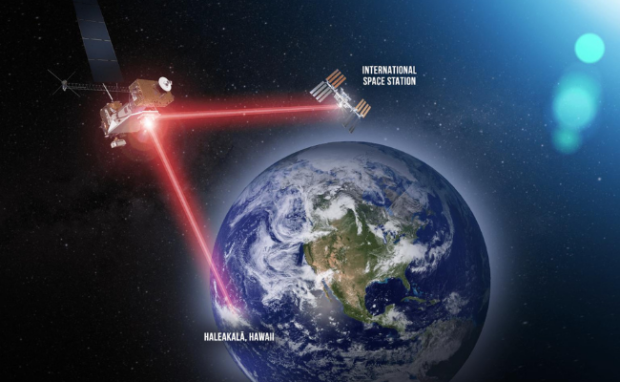NASA cat video marks space laser internet success
One small step for man, one giant leap for felines? NASA recently demonstrated the success of its laser internet system by beaming a cat video from outer space. It featured Taters the cat chasing a red-dot laser on a couch, showing the world we can now send data by firing laser beams back and forth.
Many breakthroughs make their debut by showing mundane or silly applications. For example, YouTube’s first video was “Me at the zoo,” featuring a teenage boy looking at enclosed animals. Nowadays, it is the most popular video streaming platform worldwide, followed by Netflix. We might send cat videos today, but imagine what we could share tomorrow!
This article will discuss the significance of the NASA cat video. Later, I will elaborate on the space agency’s laser internet system for astronauts.
Why did NASA share a cat video?
NASA needed to demonstrate its new Deep Space Optical Communications. That is why it chose content with a deep historical connection: a cat video.
The space agency’s Jet Propulsion Laboratory (JPL) website pointed to the cartoon character Felix the Cat. In 1928, a small statue of the adorable whiskers was shown in TV test broadcast transmissions.
If you were around during the 90s, you’d recall that the internet’s earlier content contained cats doing cute things. The National Aeronautics and Space Administration continued these traditions by beaming a cat video from space.
You may also like: AI may help us understand what cats say
The ultra-high definition clip featured the orange tabby named Taters, a JPL employee’s furry friend. The graphics illustrate several features of NASA’s Psyche mission’s laser communications demo.
These include the Psyche satellite’s orbital path, the Palomar telescope’s dome, and technical information about the laser and its data bit. Moreover, the NASA cat video showed Tater’s color, heart rate, and breed.
How does NASA’s laser internet work?

On October 13, 2023, NASA’s Psyche mission launched with a Deep Space Optical Communications demo. It transmitted the 15-second test video using its flight laser transceiver.
It beamed a near-infrared laser beam containing data to Earth, which took 101 seconds and a maximum bit rate of 267 megabits per second (Mbps). Then, the Hale Telescope at Caltech’s Palomar Observatory downloads the information.
The Telescope sends each frame of the NASA cat video to JPL, where experts play it in real-time. NASA Deputy Administrator Pam Melroy says the video marks a significant breakthrough.
“This accomplishment underscores our commitment to advancing optical communications as a key element to meeting our future data transmission needs,” she said.
“Increasing our bandwidth is essential to achieving our future exploration and science goals, and we look forward to the continued advancement of this technology and the transformation of how we communicate during future interplanetary missions,” Melroy added.
Existing communications technologies are too slow to beam important data quickly. Sometimes, we might have to wait for astronauts or probes to return to the Earth before we could receive their findings.
You may also like: CatGPT: How To Use ChatGPT For Cat Lovers
Fortunately, this space laser internet could beam information to Earth researchers immediately so that they could analyze and study sooner. Soon, the tech demo’s project manager, Bill Klipstein, might enable us to send humans to Mars.
“One of the goals is to demonstrate the ability to transmit broadband video across millions of miles. Nothing on Psyche generates video data, so we usually send packets of randomly generated test data.”
“But to make this significant event more memorable, we decided to work with designers at JPL to create a fun video, which captures the essence of the demo as part of the Psyche mission.”
Conclusion
NASA beamed a cat video from outer space to demonstrate the capabilities of its Deep Space Optical Communications. It shows that we can send information quickly from outer space to Earth.
That could enable more advanced research missions in distant heavenly bodies like Mars and other planets. More importantly, it might improve internet connectivity here on our Blue Planet.
After all, NASA says the laser internet matches the performance of most providers nowadays. Learn more about the latest digital tips and trends at Inquirer Tech.